Disastrous world government policies that changed history
Throughout history, governments have attempted to implement policies with the best of intentions, only to watch them spiral into chaos. These missteps often leave a lasting impact, sometimes becoming cautionary tales for future generations. From economic blunders to environmental disasters, these stories remind us that even the most well-meaning plans can have unforeseen consequences. Let’s take a journey through some of the most fascinating and infamous government policies that went awry.
The Great Leap Backward: China’s Leap into Economic Chaos

In the late 1950s, China embarked on a bold initiative called the Great Leap Forward, aiming to rapidly transform the country from an agrarian society into an industrial powerhouse. However, the policy led to a catastrophic famine, causing the deaths of an estimated 15 to 45 million people. The push for increased steel production resulted in a neglect of agriculture, leaving fields barren and families starving. It serves as a stark reminder of the potential pitfalls of overly ambitious state planning.
Prohibition in the United States: The Era of Bathtub Gin and Speakeasies
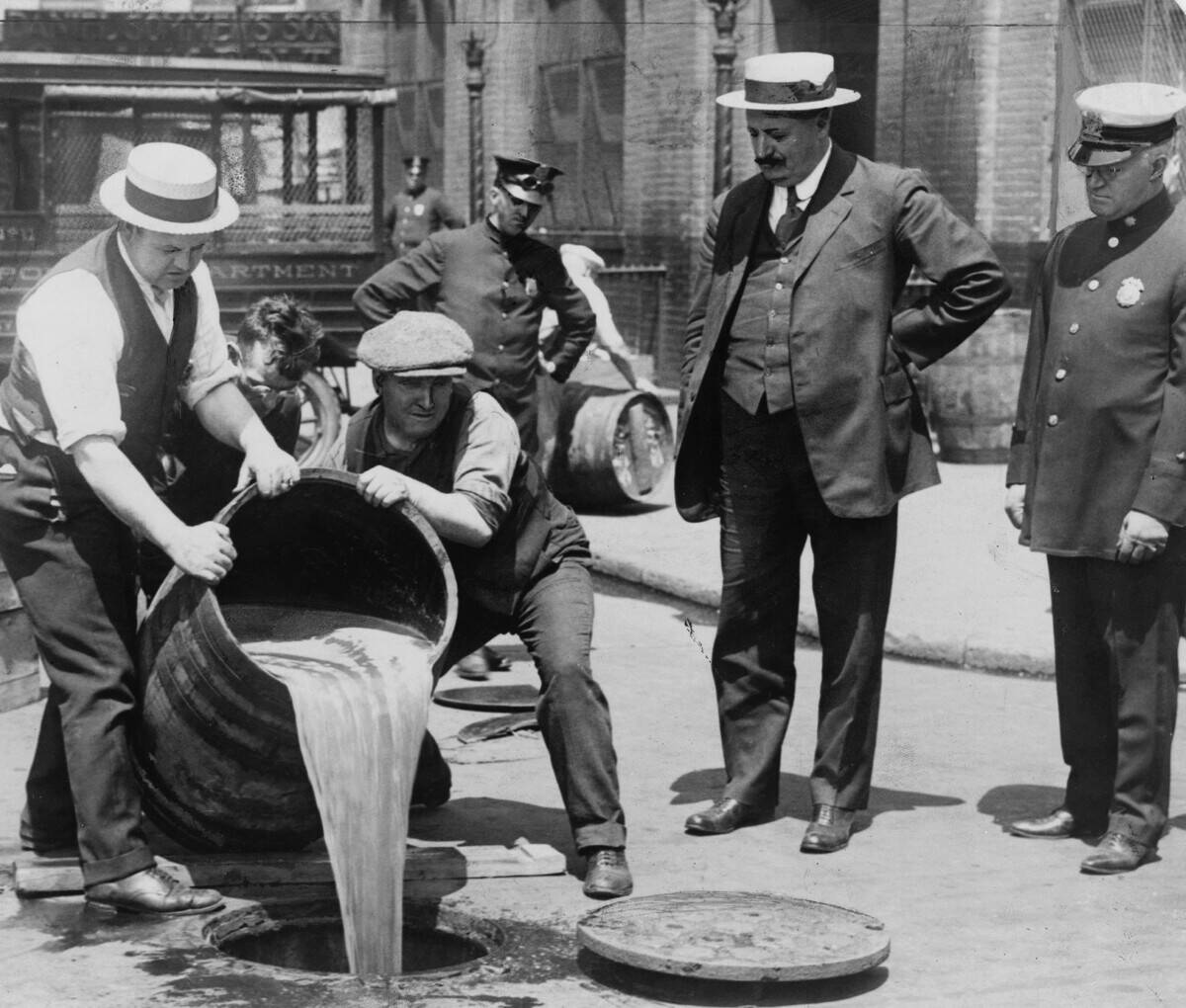
The 18th Amendment was intended to curb alcohol consumption in the United States, but instead, it gave rise to the infamous era of Prohibition. From 1920 to 1933, the ban on alcohol led to a surge in organized crime, with gangsters like Al Capone profiting immensely. Speakeasies flourished, and bootleggers resorted to making ‘bathtub gin,’ often with dangerous results. The period is a classic example of how imposing strict bans can sometimes backfire dramatically.
The Breadbasket Blunder: Soviet Agricultural Collectivization
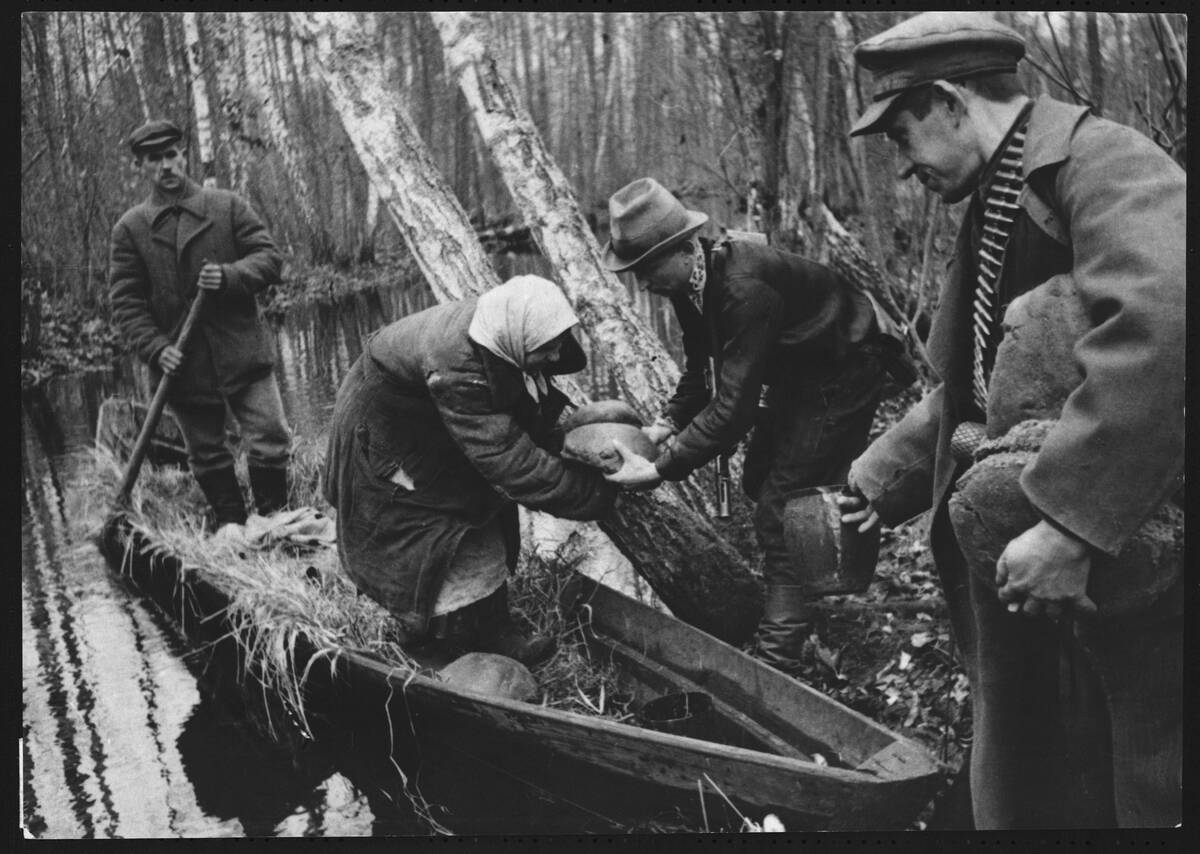
Stalin’s collectivization policy in the Soviet Union aimed to consolidate individual farms into large, state-controlled enterprises. While it was intended to boost agricultural productivity, it instead led to widespread famine, particularly in Ukraine, where millions perished during the Holodomor. The forced requisition of grain left farmers with little to nothing to eat. This tragic episode underscores the dangers of centrally planned economies that disregard local conditions and needs.
The Not-So-Great Wall: Berlin’s Divide and Conquer Strategy

The Berlin Wall, erected in 1961, was meant to prevent East Germans from fleeing to the West. Instead, it became a symbol of oppression and division during the Cold War. While it did reduce emigration from East to West Germany, it also led to a humanitarian crisis, with families separated and many risking their lives to escape. The wall’s eventual fall in 1989 marked a pivotal moment in history, highlighting the resilience of the human spirit against authoritarian constraints.
A Dusty Deal: The Environmental Fallout of the Dust Bowl
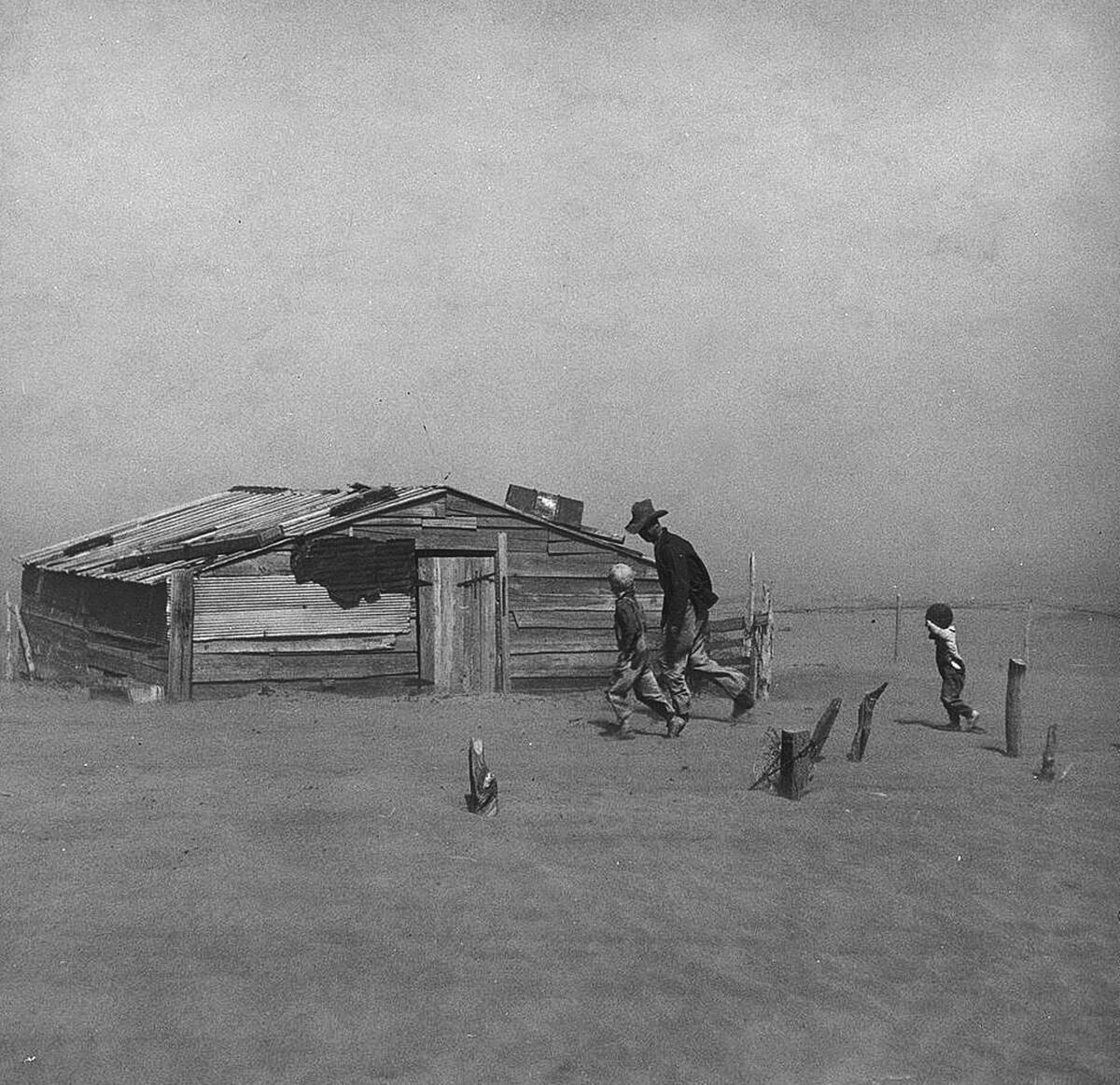
During the 1930s, the American Midwest faced a devastating environmental disaster known as the Dust Bowl. Poor agricultural practices, combined with severe drought, led to massive dust storms that ravaged the land. Farmers were forced to abandon their homes, and the region’s economy collapsed. This crisis led to significant changes in farming practices and government policies, emphasizing the importance of sustainable land management.
The Unbearable Lightness of Hyperinflation: Weimar Germany’s Economic Collapse

In the early 1920s, Germany experienced one of the worst hyperinflations in history, with prices doubling every few days. The Weimar Republic’s attempt to pay reparations after World War I by printing more money led to the devaluation of the German mark. At its peak, people were using currency as wallpaper or fuel. This economic chaos contributed to political instability, paving the way for the rise of extremist parties, including the Nazis.
The Blunder Down Under: Australia’s Rabbit Invasion

In the mid-19th century, European settlers introduced rabbits to Australia for hunting, but the population quickly spiraled out of control. With no natural predators, rabbits multiplied, causing extensive ecological damage. Efforts to control the population, such as building the Rabbit-Proof Fence, proved largely ineffective. This situation highlights the potential consequences of introducing non-native species into new environments without proper planning.
The War on Narcotics: High Hopes and Low Returns
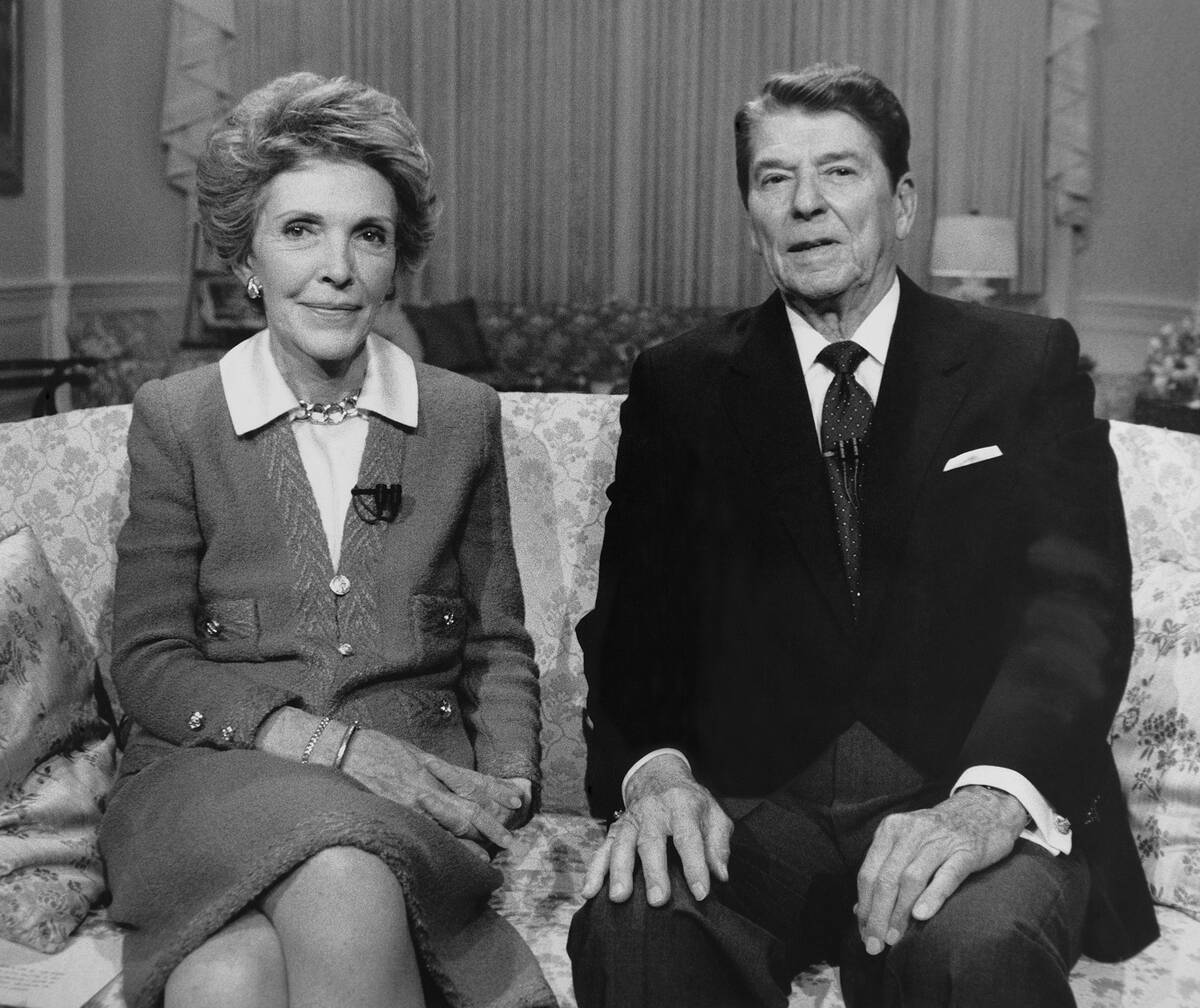
Launched in the 1970s, the War on Drugs aimed to eradicate illegal drug use and trade. However, decades later, it has been criticized for its ineffectiveness and the societal issues it exacerbated, such as mass incarceration and racial disparities. Despite significant spending, drug use remains prevalent, leading many to call for policy reforms focused more on rehabilitation than punishment. This serves as a powerful example of how well-intentioned initiatives can sometimes miss the mark.
The Folly of the Great Fire of London: How Not to Rebuild a City

The Great Fire of 1666 devastated London, burning down most of the city’s medieval structures. The subsequent rebuilding efforts were marred by hasty decisions and lack of planning, missing opportunities for modernization. Although it did lead to improvements in building regulations, the chance to create a more organized city layout was largely lost. The event underscores the importance of thoughtful urban planning, especially in the aftermath of disaster.
The Costly Currency Crisis: Zimbabwe’s Billion-Dollar Bills

Zimbabwe’s economic crisis in the late 2000s saw hyperinflation reach unprecedented levels, with inflation rates soaring to billions of percent. In an attempt to stabilize the economy, the government printed larger denominations, including a 100 trillion Zimbabwean dollar bill. However, the currency became virtually worthless, leading to widespread poverty and economic collapse. This crisis serves as a cautionary tale of the dangers of unsound monetary policies and the importance of stable governance.
The Tax That Sparked a Revolution: Britain’s Tea Trouble in America
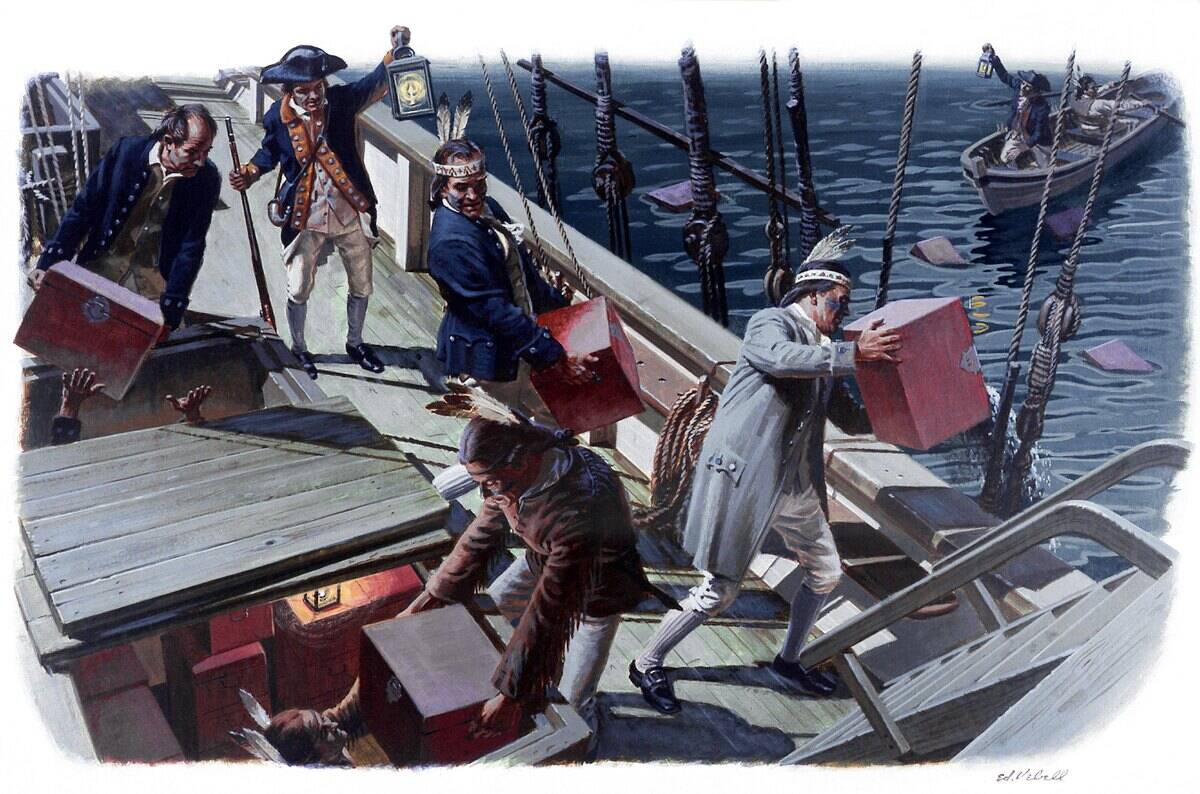
In 1773, the British government imposed a tax on tea, leading to widespread discontent among American colonists. The Tea Act was seen as an infringement on their rights, culminating in the Boston Tea Party, where protesters dumped an entire shipment of tea into the harbor. This act of defiance played a significant role in igniting the American Revolution. The incident highlights how taxation without representation can lead to profound political upheaval.
The Law of Unintended Consequences: The Introduction of Cane Toads in Australia

In 1935, cane toads were introduced to Australia to control sugar cane pests. However, instead of solving the problem, the toads became an invasive species themselves, spreading rapidly and causing ecological damage. They are toxic to many native animals, leading to further environmental issues. This ecological blunder illustrates the importance of considering potential long-term effects before introducing foreign species as biological control agents.
The French Fiasco: The Maginot Line’s False Sense of Security

Built in the 1930s, the Maginot Line was a fortified defense system along France’s border with Germany, intended to prevent invasion. However, it proved ineffective during World War II when German forces bypassed it through Belgium. The reliance on this static defense strategy left France vulnerable, illustrating the dangers of complacency and the need for adaptable military planning. The Maginot Line remains a symbol of strategic miscalculation.
The Perils of Pigeon Post: The Great Emu War of Australia
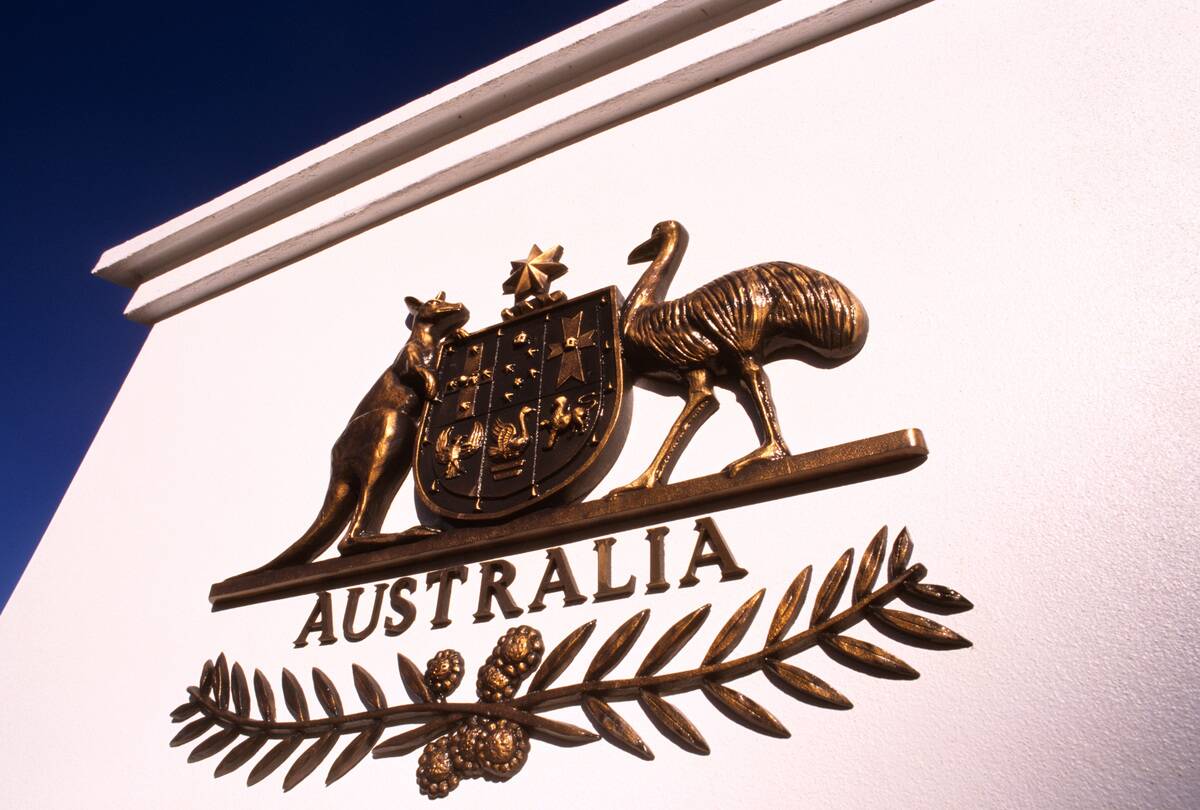
In 1932, Australia faced an unusual problem: an emu invasion. Farmers struggling with crop damage called for military intervention, leading to the infamous Great Emu War. Armed soldiers found themselves outmaneuvered by the flightless birds, resulting in an embarrassing defeat. This quirky chapter in history is a humorous reminder of the challenges of wildlife management and the sometimes absurd lengths governments will go to protect agricultural interests.
The Troublesome Treaty: Versailles and Its Aftermath
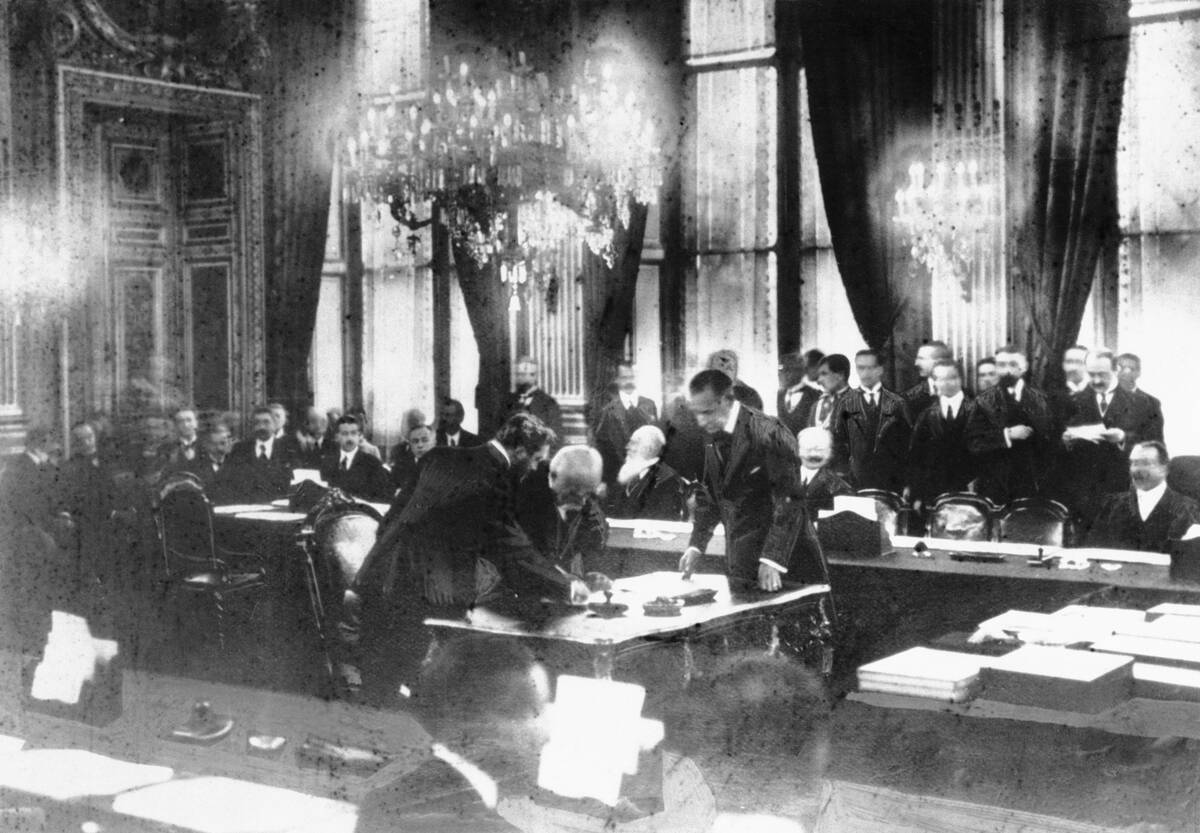
The Treaty of Versailles, signed in 1919, officially ended World War I but imposed harsh penalties on Germany. The economic reparations and territorial losses fueled resentment, contributing to the rise of Nazism and setting the stage for World War II. This treaty serves as a poignant example of the far-reaching impact of punitive policies and the importance of considering long-term peace and stability in post-war agreements.
From Riches to Rags: Argentina’s Economic Downfall

Once one of the world’s wealthiest nations, Argentina experienced a dramatic economic decline in the late 20th century. A combination of political instability, overreliance on commodity exports, and economic mismanagement led to hyperinflation and debt crises. The country’s repeated failures to implement sustainable fiscal policies offer a cautionary tale about the importance of economic diversification and sound governance. Argentina’s struggles continue to this day, highlighting the challenges of recovery.
The Greek Debt Drama: A Crisis of Olympic Proportions

Greece’s debt crisis, which began in 2009, revealed the vulnerabilities within the eurozone and the dangers of excessive borrowing. Years of fiscal mismanagement and structural inefficiencies left the country on the brink of default, leading to austerity measures and widespread social unrest. The crisis highlighted the need for stronger economic governance and cooperation within the European Union, serving as a stark reminder of the interconnectedness of global economies.
The Rise and Fall of the Venezuelan Economy: Oil and Mismanagement
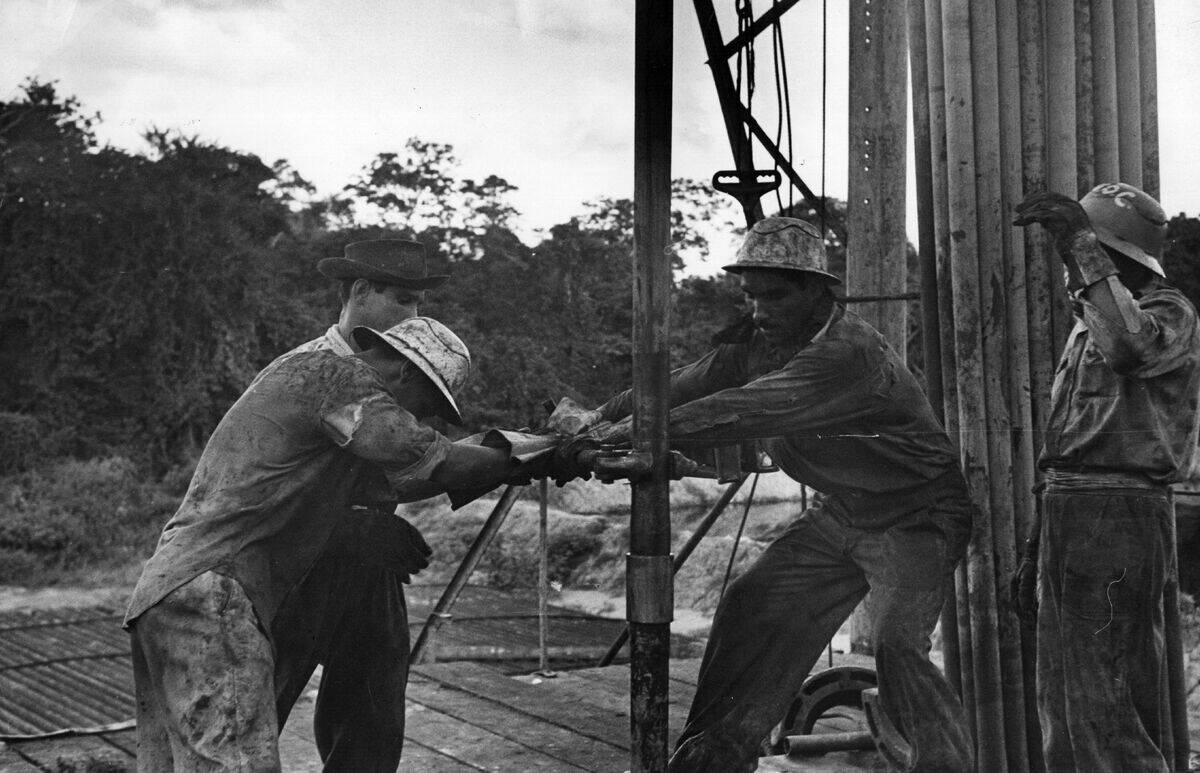
Venezuela was once a prosperous nation, largely due to its vast oil reserves. However, poor economic management and overreliance on oil revenues led to a catastrophic collapse. Hyperinflation, food shortages, and political turmoil have plagued the country in recent years. This economic downfall underscores the importance of diversifying an economy and implementing sound fiscal policies to ensure long-term stability and prosperity. Venezuela’s plight serves as a warning to resource-rich countries worldwide.



